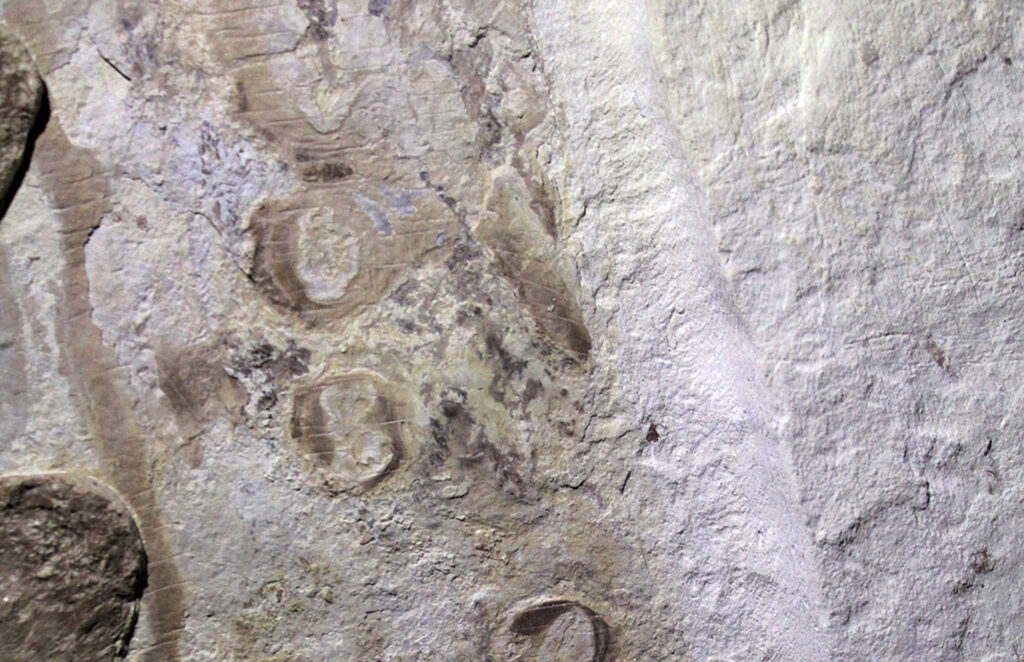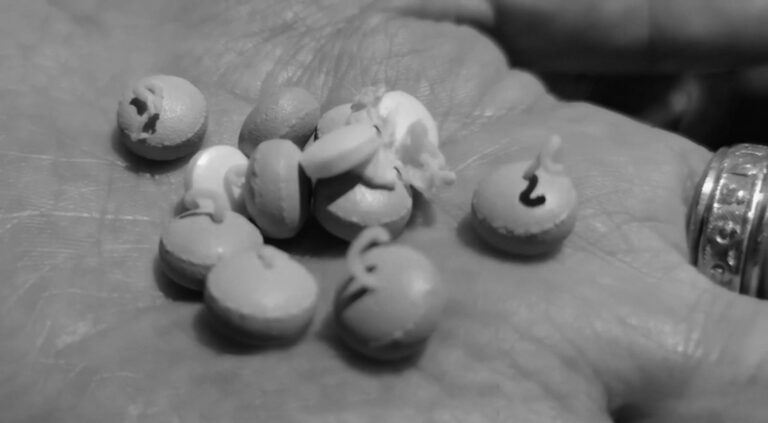A team of US and German scientists have revealed that a prehistoric crocodile did not have scaled armour but instead soft skin similar to today’s dolphins.
The research was carried out by a specialist team led by experts at the Dinosaur Museum Altmuhltal in the German city of Denkendorf on 4th August.
The researchers from Germany and the US examined several previously unpublished fossils from the German state of Bavaria which were estimated to be around 150 million years old.
Study leader Frederik Spindler from the Altmuhltal Dinosaur Museum collaborated with Chicago Lauer Foundation curator Rene Lauer from the US, Helmut Tischlinger from the Jura Museum in the Bavarian town of Eichstatt, and Matthias Mauser from the Natural History Museum Bamberg located in Upper Franconia.

After evaluating fossils from the Altmuhltal and the Wattendorf sites, Spindler said: “These reptiles must have felt something like today’s dolphins, taut and supple.”
The fossils belonged to a primeval crocodile from the Dakosaurus genus, which is an extinct genus of crocodylomorph within the family Metriorhynchidae that lived during the Late Jurassic and Early Cretaceous.
Dakosaurus, which was large and had serrated teeth, was a carnivore that spent much of its life at sea where it most likely mated as well, but as no eggs or nests have been discovered referring to the genus, it is still unknown how it delivered its offspring.
Spindler said that after evaluating the evidence under normal and ultraviolet light, they discovered that this extinct family of aquatic crocodyliforms called metriorhynchidae were entirely smooth and scale-free.
According to previous research, the same characteristics were found in ichthyosaurs and plesiosaurs, which represented a group of large extinct marine reptiles and had limbs shaped like flippers.
The particularly smooth skin made it easier for these marine reptiles to move around in the water.
Spindler was satisfied that his team managed to almost completely recover a tail fin that belonged to a three-metre-long (9.8 ft) sea crocodile, that was bent at the bottom shortly before the end, while the upper part consisted of a soft tissue which remained fossilised.

Together with the skin surface, the fin represents a great evolutionary find that shows how marine reptiles were completely different before they transformed into land-dwelling crocodiles with scales and armour.
The museum said this is the first time this characteristic has been observed with prehistoric crocodiles.
To find out more about the author, editor or agency that supplied this story – please click below.
Story By: Georgina Jadikovska, Sub-Editor: James King, Agency: Newsflash
The Ananova page is created by and dedicated to professional, independent freelance journalists. It is a place for us to showcase our work. When our news is sold to our media partners, we will include the link here.




